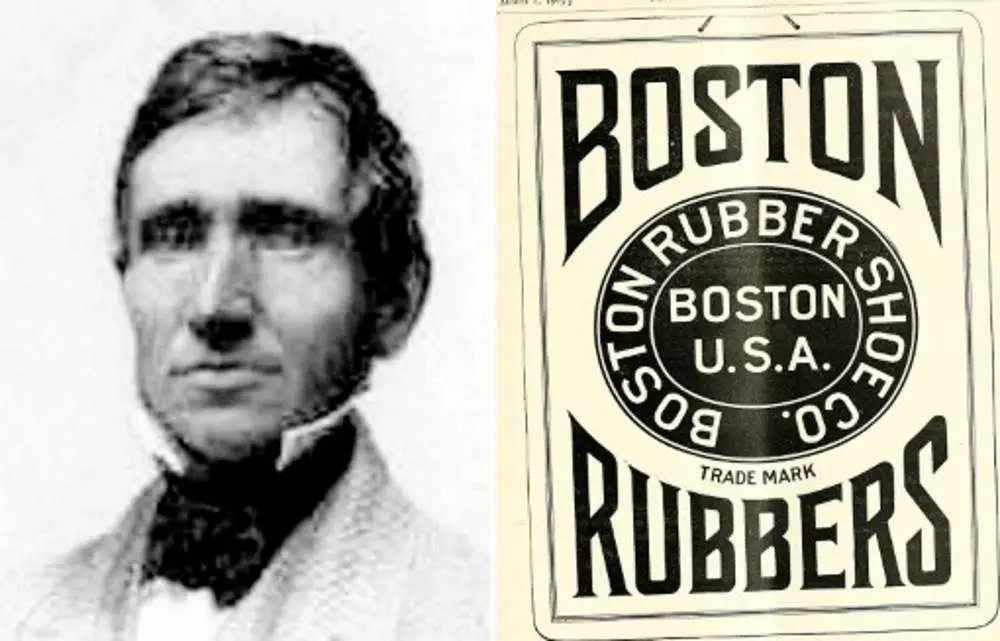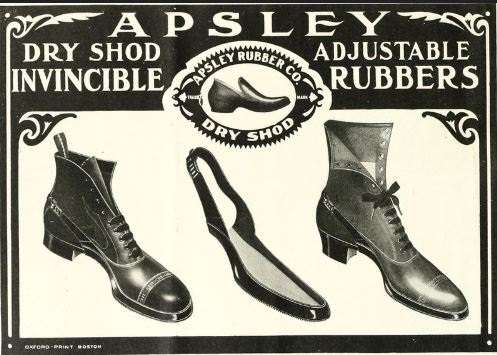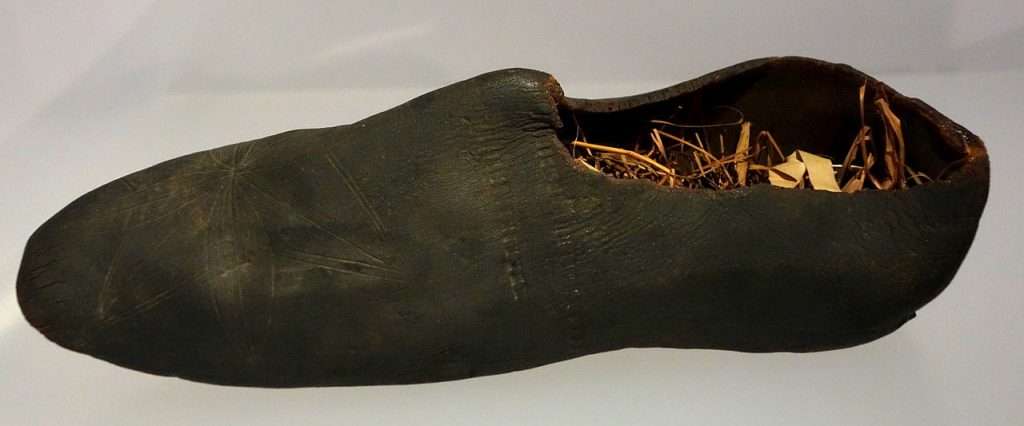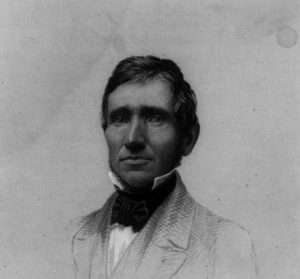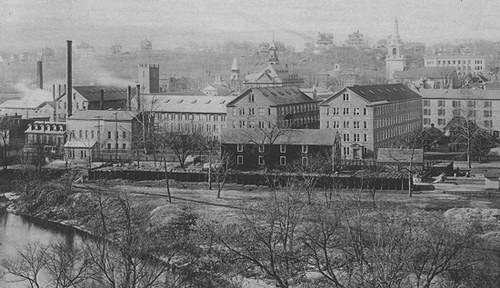Charles Goodyear might have lived out his life as an obscure hardware store owner if the Great India Rubber Panic never took hold.
In 1833, American consumers began clamoring for exciting new products made in Massachusetts: waterproof clothing and footwear made from South American rubber.
The nation’s first rubber factory had started up in Roxbury, and it was so successful that entrepreneurs quickly opened eight more rubber factories in Massachusetts.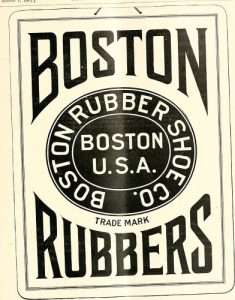
Almost as quickly as they opened they closed. In the summer of 1834, droves of customers began returning their rubber products. It turned out that after a year of seasonal temperature changes, the rubber began to melt in the sun. And it stank so bad that people buried it in the earth.
Into the great India Rubber Panic stepped a penniless former hardware store owner named Charles Goodyear.
Rubber Fever
Massachusetts was already a leader in shoemaking and textile manufacturing around 1820 when a Boston ship captain brought back a pair of shoes from South America. They weren’t just any shoes, but rubber shoes with gilding. Handed around as a curiosity, they excited quite a bit of comment.
Shortly after the gilded rubber shoes arrived, another ship brought 500 pairs of heavy, ugly rubber boots to Boston from South America. New Englanders quickly recognized their value in keeping feet dry, and the rubber boots sold immediately for as much as $5 each. Soon, Americans were buying hundreds of thousands of rubber boots a year.
Rubber manufacturing began with Brazilian Indians in the Amazon River Basin who made bottles from a milky substance that oozed from trees. French explorers brought the rubber bottles back to Europe in the 1730s. They called it ‘rubber’ after the English chemist Joseph Priestly said it rubbed out the marks of a lead pencil from paper.
Portuguese settlers in Brazil then began making shoes, boots, hats and clothes from rubber. They set up camps in places where the trees grew abundantly and tapped them for the gum. Workers then took the fluid to the camp and smeared it over wooden models of the shoes or boots. The items were then held over a smoking fire until dry and cured in the sun. When ready, the shoes and boots were stuffed with dry grass and exported to Europe or America.
Rubber Factories
Yankee entrepreneurs soon realized how cheaply they could buy rubber. It was actually used as ship ballast. They also realized they could reap enormous profit if they could replicate the Brazilians’ rubber boots.
Meanwhile, British entrepreneurs had developed a rubber-coated cloth they made into Mackintosh raincoats. And in France, manufacturers invented a technique of weaving rubber threads into narrow webs of cloth to make suspenders, guard chains and garters.
In 1833, The Roxbury India Rubber Co., became the first rubber factory in the United States. The start-up was a huge success, selling rubber shoes, boots and clothing throughout the country.
Millions of dollars were invested in eight more Massachusetts rubber factories, including the Eagle Rubber Co. in Woburn.
Then the product began to melt in summer and harden in winter, and the Massachusetts rubber factories began to fail. The only boots that were any good were the ones imported from Brazil.
Charles Goodyear
Charles Goodyear was born Dec. 29, 1800 into a prosperous New Haven family. He opened a branch of the family’s hardware business in Philadelphia, but the company went under by 1834.
By then he was obsessed with finding a way to prevent rubber from melting in summer and freezing in winter. For years he lived on borrowed money when he wasn’t serving time in debtors’ prison. He sold his children’s schoolbooks for money, and neighbors remember them digging half-grown potatoes for dinner.
People though him crazy. “If you see a man with an india-rubber coat on, india-rubber shoes, and an india-rubber cap, and in his pocket an india-rubber purse with nothing in it, you will know that it is Goodyear,” the saying went.
Goodyear’s breakthrough came in 1839, when he was working somewhere – accounts vary — in Woburn, Mass. He dropped a mixture of sulfur and rubber onto a hot stove. It hardened into a leathery substance – the world’s first vulcanized rubber.
Naugatuck
Goodyear obtained a patent for his process five years later and set up a rubber factory in Naugatuck, Conn. The town subsequently emerged as a center of rubber manufacturing. Goodyear licensed his process to others, such as New Haven’s L. Candee & Co., which made rubber boots and shoes.
Charles Goodyear died in 1860, not yet 60 years old. He left behind $200,000 in debt, but his surviving children lived comfortably off his accumulated royalties.
His brother, Henry Goodyear, founded the Goodyear Metallic Rubber Shoe Company in Naugatuck, which became part of the United States Rubber Company – later Uniroyal — in 1892.
Thirty-eight years after Charles Goodyear’s death, two brothers founded a tire company in Akron, Ohio. They named it the Goodyear Tire & Rubber Co., in honor of the man who saved the rubber industry.
This story was updated in 2023.
